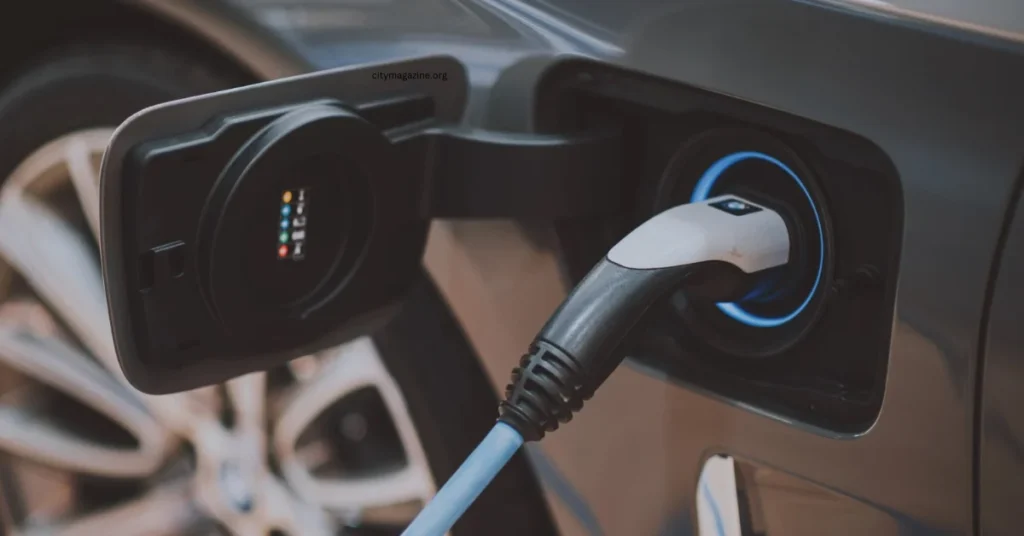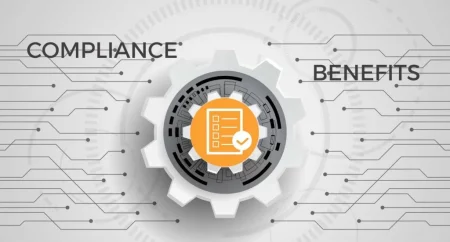Electric vehicles are still quite a vanguard phenomenon and so even though the future might include an EV charger in every household, today that is not the case. Even though most folks have lots of questions when it comes to installing this kind of technology, it is probably less daunting than you may think. With that said, there are things to keep in mind when purchasing your EV charging unit.
Setting up Your Charging Station
There are three levels of charging stations, two of which are able to be installed in the home. There are differences in speed and power between the three types. Indeed, level 3 charging stations charge at much faster rates, but they require too much power to be feasible for home installation.
Level 1 chargers can simply be plugged into existing outlets because they only require the standard 120-volt AC outlet to function. Once installed, you simply follow the guidelines set by the vehicle manufacturer and charge your vehicle accordingly. The charging speed of Level 1 chargers is 3 to 5 miles per hour. Many say that these chargers are ideal for plug-in hybrid electric vehicles (PHEVs) because they have smaller batteries. EVs, with much bigger batteries, require more than can be delivered by Level 1 chargers for significant amounts of daily driving.
Level 2 chargers charge at speeds of between 12 and 80 miles per hour, which is significantly faster than Level 1 chargers. This means that a vehicle that drives all day can charge overnight and be ready for the next day’s driving. They have different electrical requirements as they need to plug into a 240-volt outlet, which generally requires an electrician to come in and make alterations to your fuse box.
The 240-volt outlet is the kind that you need to run an oven or electric dryer. In some cases, you can run the EV charger off of the same circuit that the dryer is plugged into.
Charging Cables Needed
An EV battery charging cable is an essential component in the charging process. Without it, the electricity couldn’t access the battery. Level 1 chargers, it is the conduit for the ‘trickle charge’ and they generally come with the vehicle. Some vehicles come with either level cables and some come with an adaptor that allows for use either way.
Both Level 1 and 2 chargers employ a J1772 connector, which is commonly known as a J-plug. It is universally used in all non-Tesla Level 1 and 2 charging stations in North America.
Three Things To Keep In Mind
Before buying a charger, you should consider how fast you want to charge your vehicle, whether you want to have electrical work done, and how often you’ll be driving your EV. This will help hone your decision.
In the years to come, installing EV chargers in the home will likely become commonplace as more and more electric vehicles hit the roads. An EV battery charger unit can be installed and maintained with relative ease, depending on which level you get. Even the level two charger, which must be installed by an electrician, is easy to operate and maintain. Visit an auto parts store today to learn more about how to purchase all of your electric vehicle charging requirements and charge with ease from home tomorrow.




